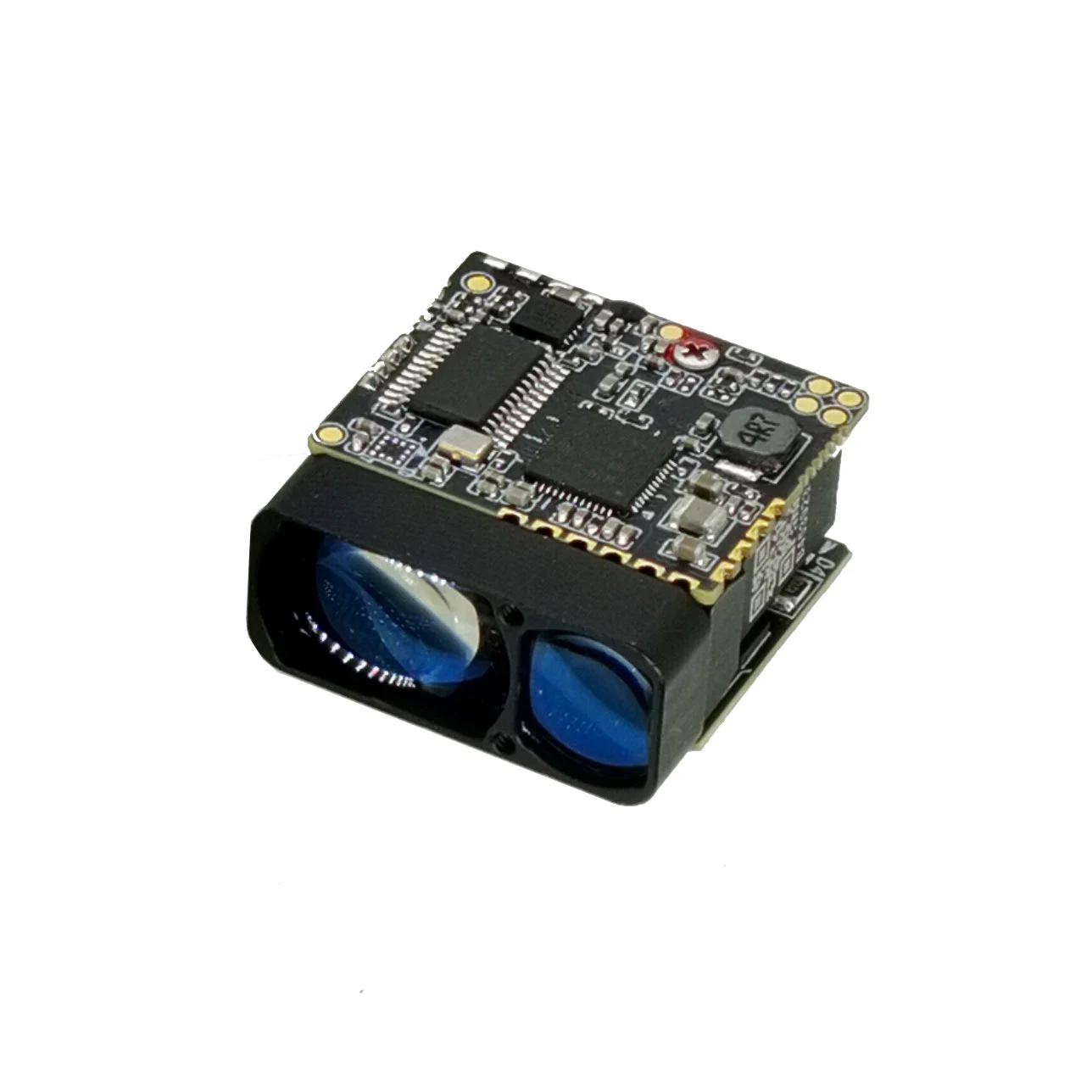Laser Rangefinder Modules are essential components in various industries, from robotics to surveying. However, they come with several technical challenges that can affect performance. Understanding these challenges helps in selecting the right module for your application.
To ensure optimal performance, consider the following specifications:
| Parameter | Typical Value |
|---|---|
| Accuracy | ±1mm – ±5mm |
| Repeatability | ±0.5mm – ±2mm |
| Resolution | 0.1mm – 1mm |

Ambient Light Interference – Strong sunlight or artificial light can disrupt laser detection.
Reflective Surface Errors – Highly reflective or transparent surfaces may return inaccurate readings.
Limited Range in Adverse Conditions – Fog, rain, or dust can reduce effective measurement distance.
Power Consumption – High-precision modules may require more energy, impacting battery life in portable devices.
Calibration Requirements – Frequent recalibration may be needed for consistent accuracy.
Q: How does a Laser Rangefinder Module work?
A: It emits a laser beam, measures the time it takes to reflect off a target, and calculates distance based on the speed of light.
Q: What is the best Laser Rangefinder Module for outdoor use?
A: Choose a module with high IP rating (IP65 or above), wide temperature tolerance, and anti-interference filters.
Q: Can a Laser Rangefinder Module measure through glass?
A: No, glass can reflect or refract the laser, leading to inaccurate readings. Specialized modules may handle transparent surfaces better.
Q: How often should I calibrate my Laser Rangefinder Module?
A: Calibration frequency depends on usage—industrial applications may require monthly checks, while consumer devices need it less often.
Q: What affects the measurement accuracy of a Laser Rangefinder Module?
A: Factors include target reflectivity, environmental conditions, module quality, and calibration status.
By understanding these challenges and specifications, you can select the best Laser Rangefinder Module for your needs, ensuring reliable and precise measurements in any application.
If you are very interested in Shenzhen Jioptik Technology Co., Ltd.'s products or have any questions, please feel free to contact us!
For more information on our products, please contact Jioptik.